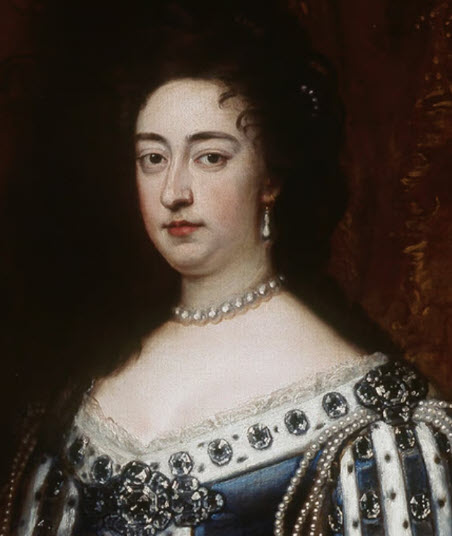The vigorous resurgence of Catholic life and activity that marked the reign of James II was as brief as that monarch’s rule. A sudden turn in political events in England deprived James of his throne. He was deposed in the so-called Glorious Revolution (1688–1689), led by his Protestant daughter Mary with her husband and cousin, William III of Orange, would rule in James’s stead as joint monarchs, Mary II, and William III (or William and Mary, as the that time of monarchy is known).
The Battle of the Boyne in 1690 sealed James’s fate and the fate of the Catholic Church in Ireland for the next fifty years. James fled to France, never to return, spending the rest of his life in exile and dying there in 1701.
The heroic resistance of Irish armies was in vain and militant Protestantism had triumphed.
In a few years, the penal laws were on the Statute Book. In 1697 it was enacted that “All popish archbishops, bishops, vicars-general, deans, Jesuits, monks, friars, and all other regular popish clergy, and all papists exercising any ecclesiastical jurisdiction, shall depart out of this kingdom before the first of May 1698.”

On February 28, Franciscan Superiors advised, to the great discontent of most of their members, that the decree of expulsion should be obeyed. Times were terribly uncertain. The decision of the Franciscan Provincial and Definitory, taken after serious consideration and much heart-searching, shows what little hope there was of evading the decree of Parliament.
The regulars, who were regarded as “working night and day against the government,” were “not to be tolerated,” as said by King William himself. A determined effort was made to enforce the penal legislation.

Writing of the fate of the Dominican friaries during this period, De Burgo said that: “Not one house of religious [Dominicans] in the whole land escaped suppression.” The same fate befell all other religious homes.
For some years at least, the Multyfarnham friars found it impossible to maintain community life. They dispersed quietly, though no doubt, some remained in the locality, finding an hospitable refuge among the ever-loyal Catholic laity.
They built cabins at Knightswood, temporary structures, and little more than a place of refuge until better days should dawn. Further wanderings had to be endured. Days and nights of unease and unrest were passed before the friars might settle in a place undisturbed by fear of the paid informer or the official priest-hunter.
The Shadows Darken
The closing years of the reign of William and Mary, and the reign of Queen Anne, saw many legislative decrees whose immediate purpose was to exercise rigorous control over the Catholic clergy and ultimately, ensure the extinction of the priesthood in Ireland. In particular, they aimed to banish Bishops and others exercising ecclesiastical jurisdiction, and regulars, and prohibit young men from travelling to the continent to study for the priesthood. This in turn would prevent their return to Ireland and secure the registration of priests and enforce the Oath of Abjuration.
It was thought that the registering of priests in the country in 1703 – 1704 would enable the government to know exactly how many priests were in Ireland, and where they resided. With this information at their fingertips, the authorities imagined that priests arriving in the country from overseas would be detected easily and made to pay the penalty for their violation of the government decrees.
But all these repressive measures failed. Priests were smuggled into the country in increasing numbers whereupon the authorities adopted a new plan; substantial rewards were offered for the capture of priests, and an order of priest-catchers came into existence (c. 1712).
